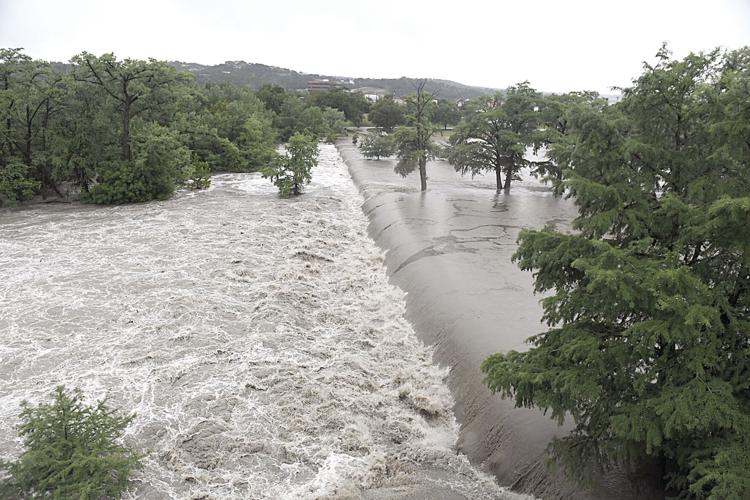As the sun rose on July 5, 2025, the Guadalupe River in Kerr County, Texas, transformed from a tranquil waterway to a raging torrent, claiming at least 79 lives in a matter of hours. This catastrophic flooding event has raised urgent questions about the state’s preparedness and the alarming lack of infrastructure to protect vulnerable communities, particularly in rural areas.
Failed Legislation Highlights Inadequate Disaster Preparedness
Despite the devastating consequences of this disaster, the Texas legislature had an opportunity to implement crucial changes to the state"s emergency response system. Earlier this year, House Bill 13, aimed at establishing a statewide disaster response plan, failed in the Texas Senate. Authored by Rep. Ken King, this bill sought to create a council for better communication among first responders and allocate funds for essential infrastructure such as emergency alert systems and outdoor warning sirens.
State Rep. Wes Virdell, who is currently on the ground in Kerrville, expressed regret for his vote against the bill, stating, "In hindsight... my vote would probably be different now." Yet the reality remains that this bill would have had little immediate impact, as it would not take effect until September 1, long after the floodwaters surged.
Communities Left Vulnerable and Uninformed
The swiftness of the flooding caught many residents off guard. Between 2 and 7 a.m., the river rose from 1 foot to over 34 feet in height, leaving little time for residents to react. The National Weather Service had issued a flash flood watch the previous afternoon, followed by a warning shortly after midnight. However, the alarms likely went unheard by many, particularly children attending summer camps who were without cell phones. Local Kerr County Judge Rob Kelly noted that the community had previously rejected the idea of a siren system due to cost concerns, leaving them ill-equipped to respond to such an emergency.

Official Home Page of the Texas House of Representatives ...
Political Accountability in the Wake of Tragedy
This disaster has exposed the negligence of state lawmakers who failed to prioritize disaster preparedness in the face of growing climate-related risks. Critics, including Virdell, have pointed out that more proactive measures could have been taken to protect rural, cash-strapped counties like Kerr. Research shows that anticipatory emergency response plans can prevent higher damages and loss of life, yet Texas continues to operate reactively.
Lt. Gov. Dan Patrick defended the state"s investment in disaster response, citing over $547 million allocated this year for various emergency measures. However, these resources do not address the immediate need for community-level preparedness that failed to materialize in Kerr County.
Implications for Future Policy and Community Safety
The aftermath of the flooding raises critical questions about the intersection of economic justice and disaster preparedness. As disparities deepen, it is marginalized communities that often bear the brunt of these disasters. The lack of infrastructure investment in rural areas is a reflection of systemic neglect that prioritizes budgetary constraints over human lives.
Residents are left to pick up the pieces with insufficient support from a government that has failed to protect them. The emotional and economic toll on families who lost loved ones is incalculable, yet the political fallout may lead to a reckoning that could reshape disaster response legislation in the future.

On the rise: Heavy rains wreak havoc along Kerr County waterways ...
Communities Demand Change and Accountability
As Kerr County grapples with the loss and devastation, the calls for accountability from state lawmakers grow louder. Residents are not merely victims of a natural disaster; they are advocates for a system that must be reformed to prioritize their safety and well-being. The time for action is now, and the voices of the affected must not be silenced in the corridors of power.


![[Video] Hayli Gubbi volcano in Ethiopia erupts for first time in thousands of years](/_next/image?url=%2Fapi%2Fimage%2Fthumbnails%2Fthumbnail-1763974873320-6wjm4c-thumbnail.jpg&w=3840&q=75)
![[Video] Ethiopia's Hayli Gubbi volcano erupts for first time in 10,000 years](/_next/image?url=%2Fapi%2Fimage%2Fthumbnails%2Fthumbnail-1763962878020-1g659v-thumbnail.jpg&w=3840&q=75)




